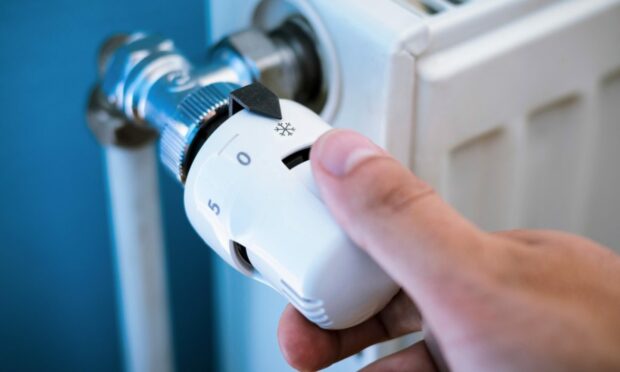Millions are braced for a price increase in April which will likely add hundreds of pounds every year to household gas and electric bills.
A new price cap coming into effect from UK Government regulator Ofgem is causing prices to increase by about 50% from April 1.
The move has prompted concerns from customers, campaigners and politicians about the increasing cost of living crisis with many households already struggling to make ends meet.
How much will my bills go up by?
The previous annual price cap for household gas and electric bills was £1,277.
However, the new limit has been increased to £1,971 – meaning customers will have to pay £693, or 54%, extra.
The energy bills changes announced by Ofgem in February come into effect on April 1.
Michael O’Brien, energy policy officer at Citizens Advice Scotland, told BBC Radio Scotland many households would find the increase unaffordable.

He said: “I think people are really worried. 50% is a staggering rise if you use average annual consumption figures.
“Statistics don’t tell the whole story for households affected though – it means more worry and more stress.
“If you pay by bill or direct debit then it means a greater chance of accruing debt on the account.
“For pre-payment customers there’s a chance of cutting back or even self-disconnecting from supplies.
“We are really concerned about this.”
Mr O’Brien encouraged customers concerned about their bills to contact their supplier or Citizens Advice Scotland.
Why are energy bills going up?
The energy price cap is the maximum price suppliers can charge households in Scotland, England and Wales on a standard tariff.
It is reviewed every six months and about 15 million homes had their energy bills increase by 12% when it was last updated by Ofgem in October.
The energy price cap increase applies from 1 April.
What you should know ⤵️
— Ofgem (@ofgem) March 30, 2022
Prices have been rising worldwide due to an increase in demand on gas and energy, which has pushed prices to unprecedented levels.
The surge is the cause of more than 20 UK energy suppliers going bust in recent months with Bulb Energy, which has 1.7million customers, remaining in special administration being run by Ofgem.
Are you struggling to afford your household energy bills? Get in touch with us at livenews@ajl.co.uk
